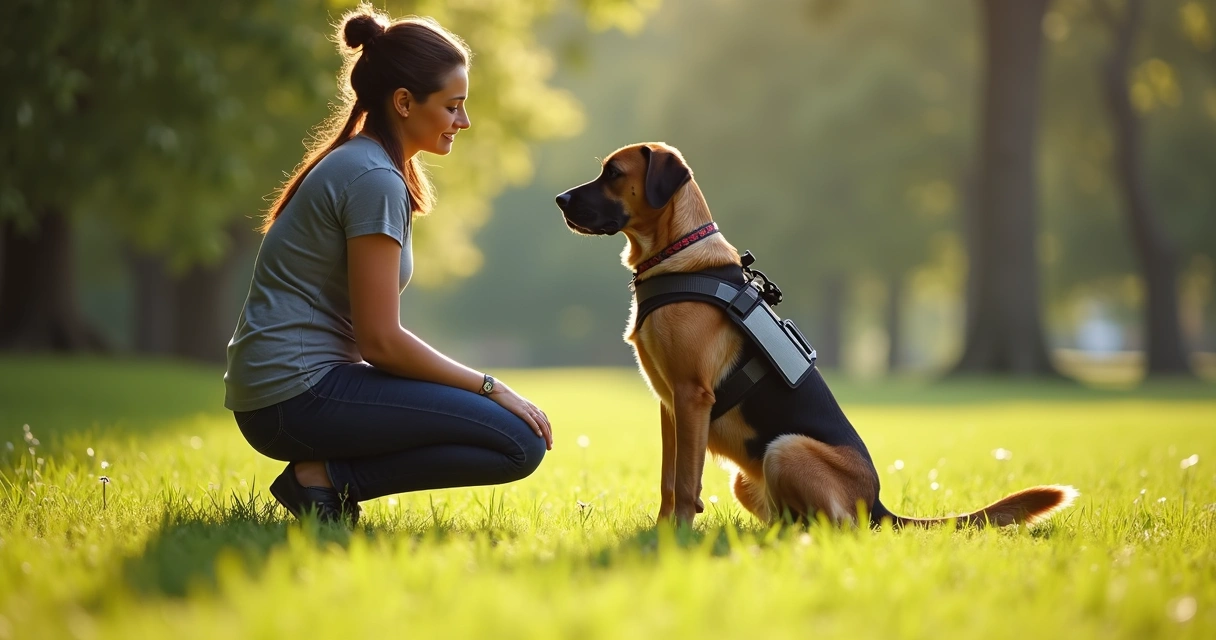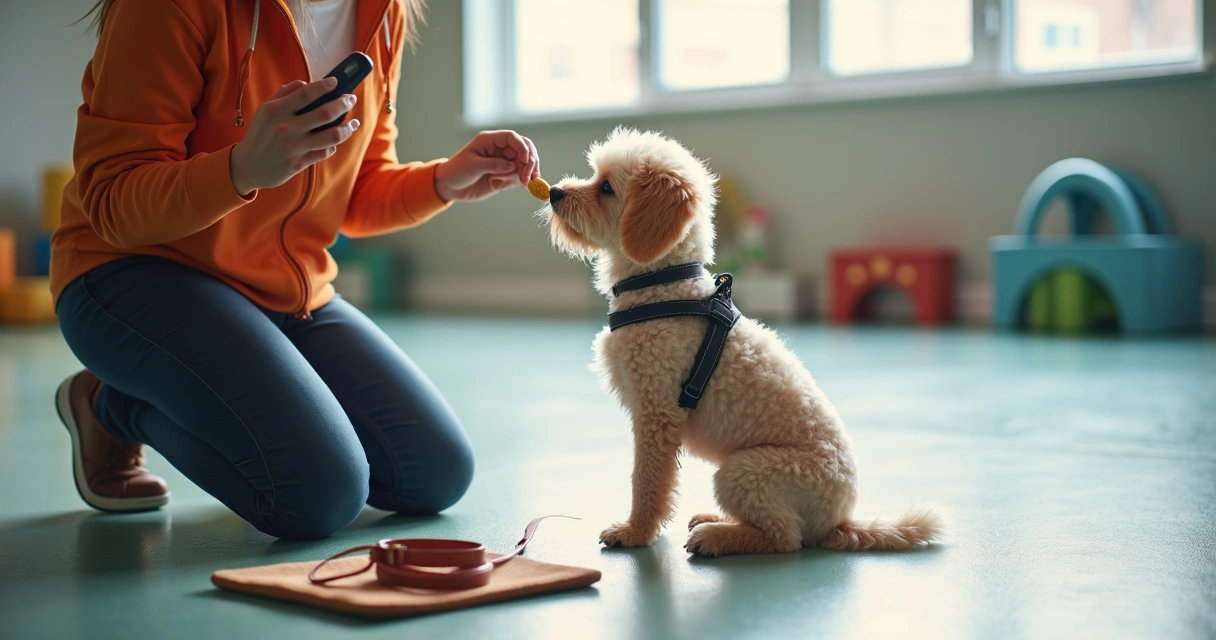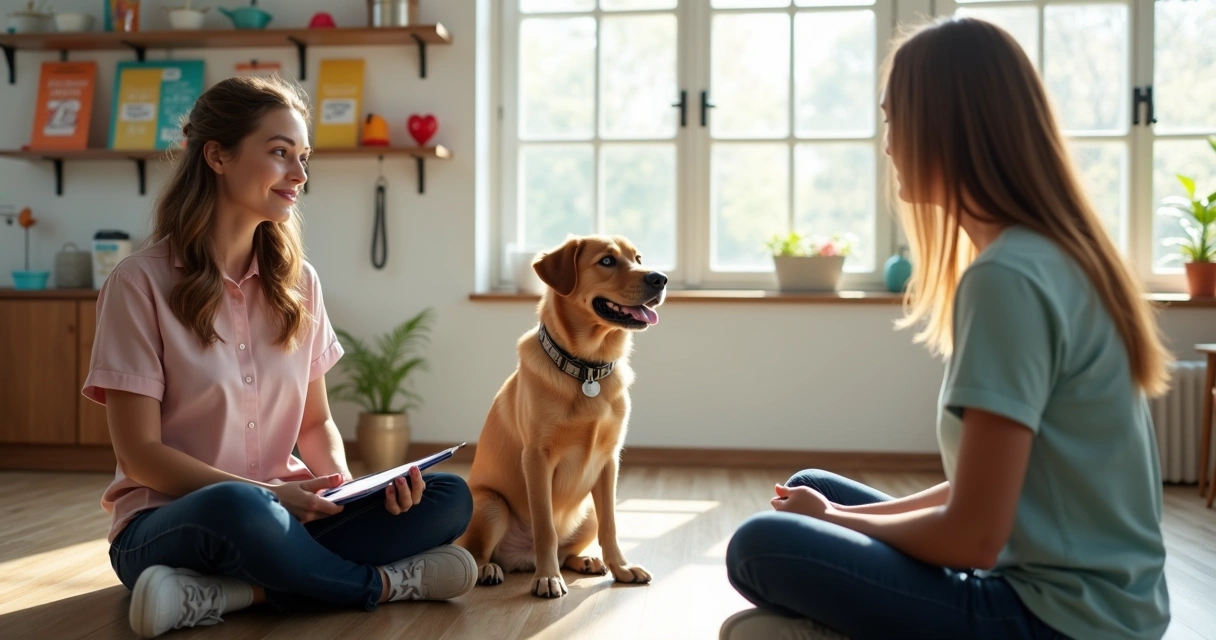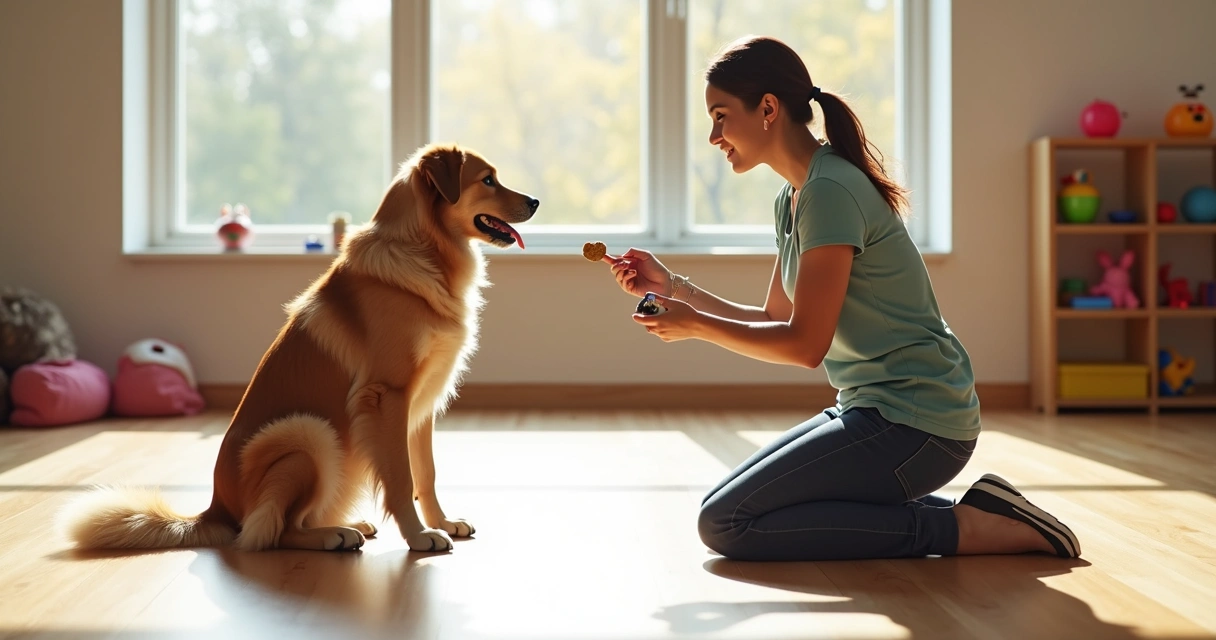When I see a service dog at work, something shifts in the air. There’s a subtle current of trust and respect between handler and dog. Yet, there’s also a fog of questions: What are the rules? What is okay, and what isn’t?
From my years surrounded by animals and the people who rely on them, including in my time at Dogtown, I realize that good etiquette isn’t only about courtesy—it’s often about legality, safety, access, and even respect for the animal’s purpose. I feel strongly that if we all understood the basics, our communities would be kinder places for both animal and human.
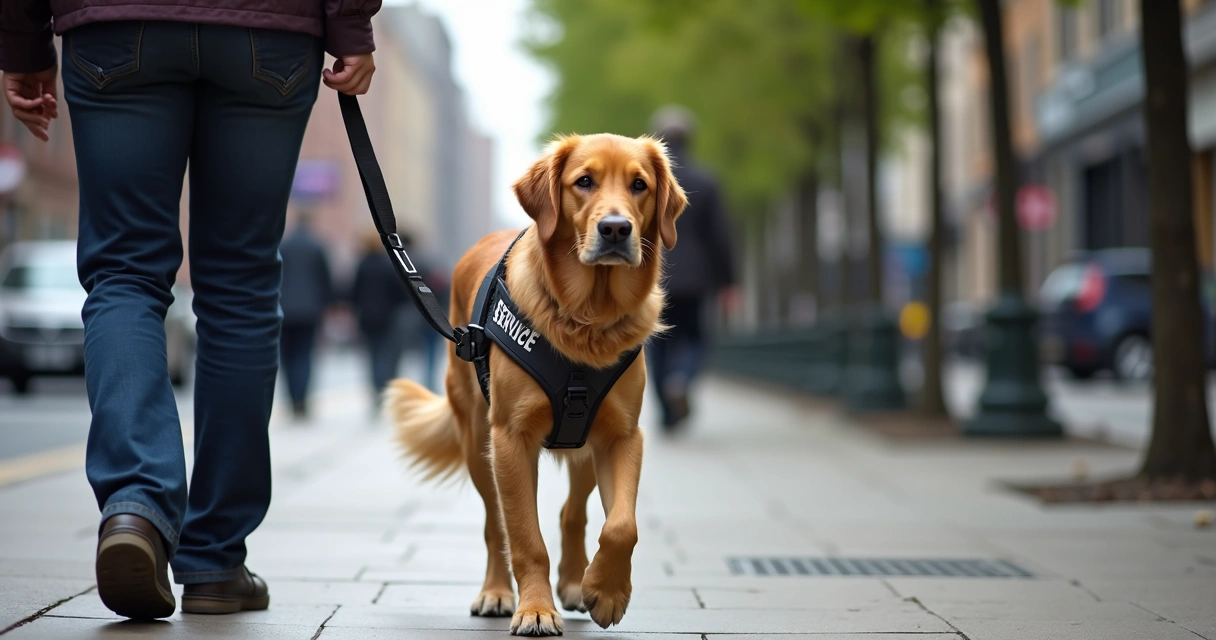
Why etiquette for service dogs matters
Service dogs are not pets. They are partners, providing life-altering support to those with visible and invisible disabilities. According to the U.S. Department of Justice's ADA guidelines, a service dog is individually trained to do work or perform tasks directly related to a person’s disability (U.S. Department of Justice (ADA) guidance). I feel that knowing proper etiquette also helps the handler navigate daily life with less friction and more dignity.
It’s worth mentioning that the landscape can get complicated. Nineteen U.S. states have unique laws about fraudulent service animal representation. Even more, by 2022, thirty-three states took steps to ban companion animal fraud, showing how pressing real etiquette and recognition have become (research indicating ... enacted bans on fraudulent representation). Misinformation and blurred lines make good etiquette all the more needed.
The nine rules every service dog owner should follow
- Always keep your service dog under control
This is basic but can’t be stressed enough. According to ADA requirements, your dog must be harnessed, leashed, or tethered unless these devices interfere with the work or your own disability. In my experience, even a well-trained dog needs guidance, especially in crowded or stressful environments.
- Maintain your dog’s public behavior standards
Your service dog should be non-aggressive, unobtrusive, and not disruptive. This isn’t just about compliance—it maintains public trust in service animal teams. I’ve seen firsthand how a calm and focused dog shapes positive perceptions in places like Dogtown’s daycare.
- Prevent distractions—avoid letting people pet, feed, or call your dog
Almost everyone wants to pet a service dog. It’s an instinct. But as handlers know, attention can break a dog’s focus. I get questions about this all the time: “Is it rude if I ask to pet?” My answer is simple:
Working dogs are doing a job—interruptions can be dangerous.
- Keep yourself informed about changing laws and regulations
Laws are not static. With the growing range of disabilities addressed by service animals, regional rules evolve to protect handlers against harassment and fraud. This means as an owner, you should stay aware of current guidelines in your area.
- Regular health and grooming care is not optional
A well-groomed service dog inspires public confidence. It prevents the spread of allergens and ensures your companion is comfortable. At Dogtown, I’ve seen how regular grooming, like bath and brush packages, nail trims, and skin treatments, keeps animals at their best—physically and emotionally.
- Be prepared to answer (appropriate) questions
People may ask what tasks your dog performs or whether it’s a service animal; you are not required to disclose your medical condition (ADA requirements). Still, answering calmly and factually helps educate others and smooth misunderstandings.
- Do not allow your dog to disturb other animals
This is a rule I emphasize in group settings, such as the supervised play groups at dog daycare. Your dog should ignore distractions and focus on you, regardless of what’s happening around them. It’s not always easy, which is why positive training and consistent practice matter.
- Give your service dog breaks and downtime
Every dog is an individual. Even the hardest worker needs time to relax, play, and be just a dog. Research into handler experiences found that 19% with service dogs and 26% on waitlists reported lifestyle adjustments or challenges because of their dog (qualitative analysis). Making room for non-working play—like in structured day camp activities—can keep your dog's spirit and focus strong.
- Stay committed to ongoing training and socialization
Training isn’t a one-time event. Personal experience tells me that even seasoned service dogs benefit from refreshers and skill-building. Whether you work with an expert on personalized obedience and behavior, or reinforce commands yourself, consistency keeps skills sharp. Socialization, done thoughtfully, also helps dogs stay relaxed in new environments, especially if they board or travel with you (boarding made easier by social, adaptable dogs).
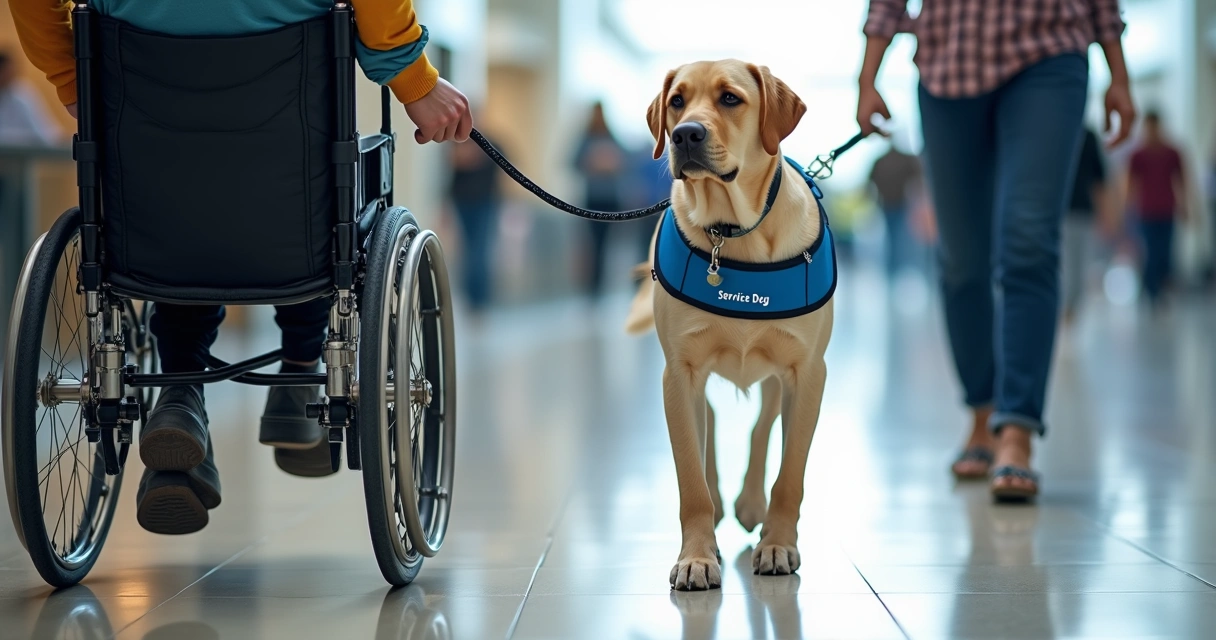
What I have learned from handlers and dogs
Maybe the lesson is that etiquette isn’t static. It grows out of kindness, law, and mutual respect. Some days, even as a professional, I make mistakes—missing a sign that a team needs space, or forgetting just how much discipline and effort goes into maintaining a working partnership.
The more we know, the more we can support both service dog teams and the many people who rely on their help. It’s not about being perfect, but about showing consideration where it matters most. This keeps public trust alive, and helps those with disabilities participate fully in our world.
Conclusion: Making space for independence and dignity
Service dog etiquette is a moving target: legal, social, and personal boundaries overlap. But the bottom line, in my experience, is to treat every team as you would want your own loved one to be treated—with patience, privacy, and care. At Dogtown, we know firsthand how proper etiquette, combined with strong training and ongoing support, can help unlock the joy and freedom everyone deserves.
Are you interested in support for your dog—whether as a service animal or simply a cherished companion? Reach out to schedule a free pre-enrollment assessment, or learn more about our training, daycare, grooming, and boarding options. Let’s build something good for your best friend!
Frequently asked questions
What is proper service dog etiquette?
Proper service dog etiquette means giving working teams space, not distracting the dog, and respecting the handler’s privacy. Do not pet, feed, or engage with the dog without explicit permission, and avoid making assumptions about the person’s needs.
Can I pet a service dog?
No, you should not pet a service dog without the handler’s direct consent. Service dogs need to stay focused on their owner to do their job safely.
How to approach someone with a service dog?
Approach the handler, not the dog. Speak directly to the person, and ask politely if you have a question. Never touch or distract the dog, and respect their need for personal space. If in doubt, it’s best not to engage at all.
Where are service dogs allowed to go?
Service dogs can accompany their handlers into public places where pets are usually not allowed, like restaurants, stores, and public transportation. This access is guaranteed by federal law, but the dog must be under control and well-behaved (ADA guidance).
What rules must service dog owners follow?
Owners must keep their service dog under control, maintain good hygiene, follow local laws, prevent distractions, and participate in ongoing training. Respect for others and consistent accountability keep public spaces welcoming to all teams.


